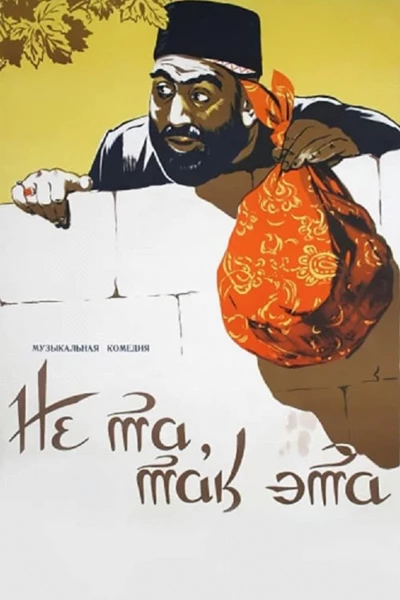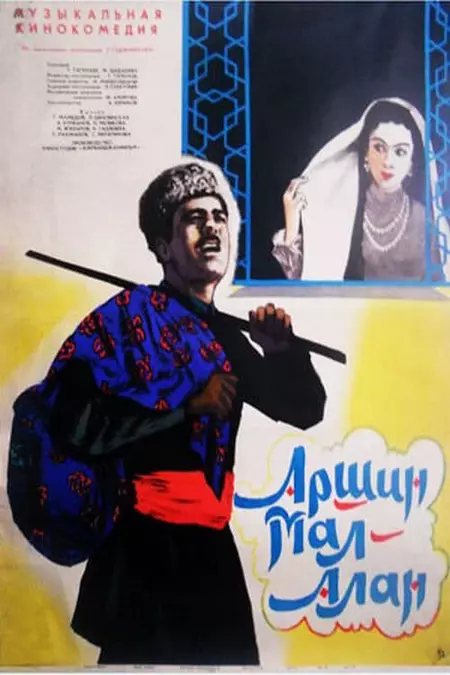Biography
(No Information)
Filmography
all 4
Movies 4
Writer 1
Composer
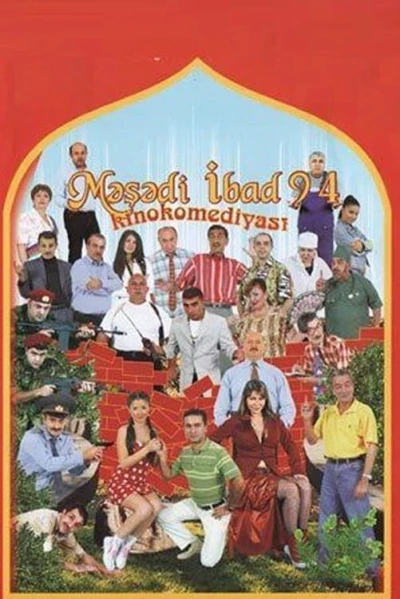
Məşədi İbad 94 (2005)
Movie
Composer
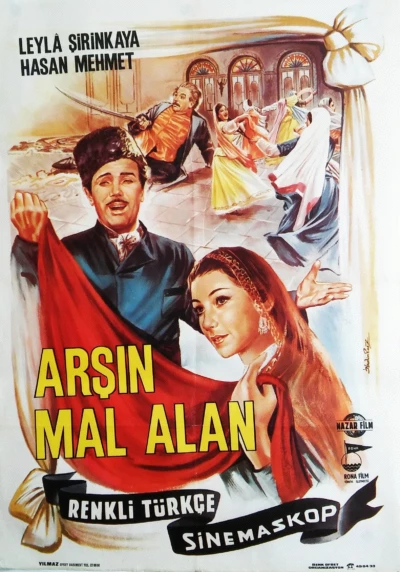
The Cloth Peddler (1965)
Movie
Information
Known ForWriting
GenderMale
Birthday1885-09-18
Deathday1948-11-23 (63 years old)
Birth PlaceAghjabadi, Azerbaijan
ReligionIslam
FatherMirza Abdulhuseyn bey Hajibeyov
SiblingsDjeyhoun Hadjibeyli, Zulfugar Hajibeyov
CitizenshipsAzerbaijan Democratic Republic, Soviet Union, Russian Empire
AwardsStalin Prize, 2nd degree, Honored Art Worker of the Azerbaijan SSR, People's Artiste of the Azerbaijan SSR, Order of the Red Banner of Labour, People's Artist of the USSR, Order of Lenin, Medal "For Valiant Labour in the Great Patriotic War 1941–1945", Medal "For the Defence of the Caucasus"
This article uses material from Wikipedia.
Last updated:
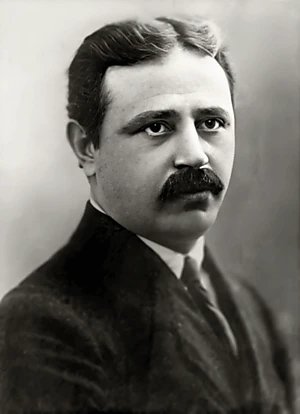 Uzeyir Hajibayov
Uzeyir Hajibayov- Filmography
- Information
